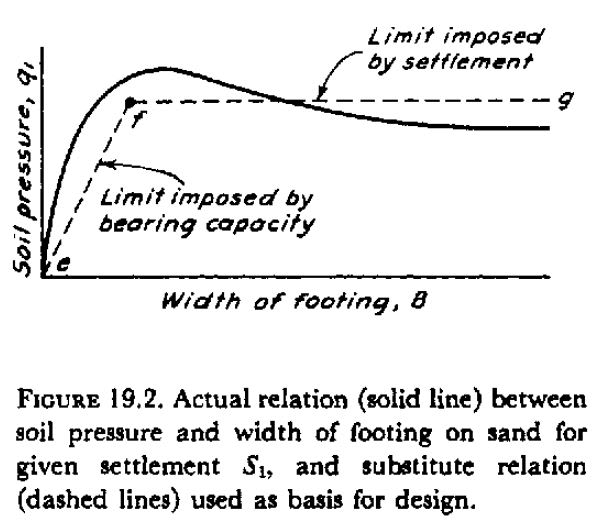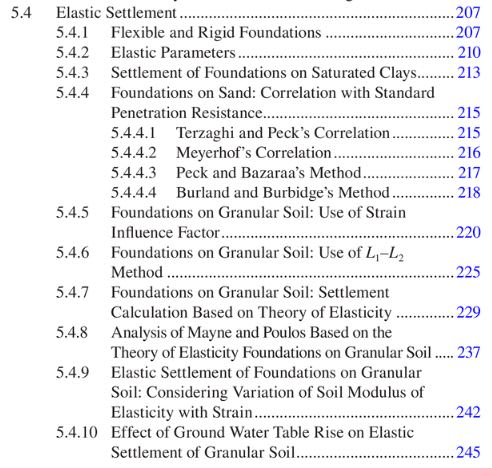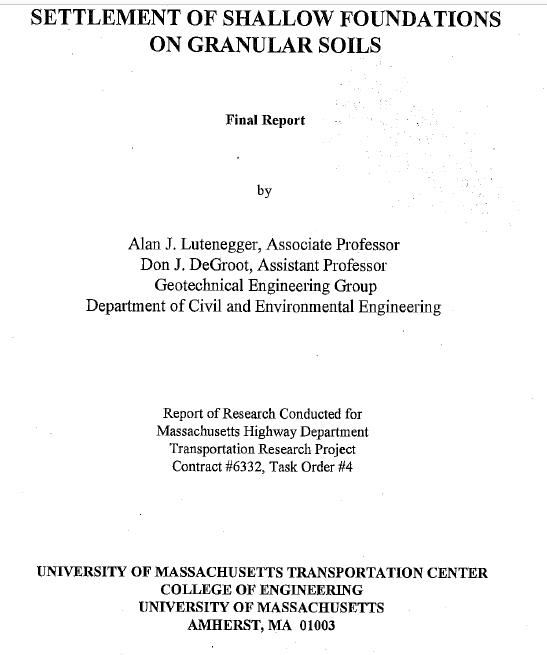engjg
Structural
- Jan 2, 2015
- 96
I have noticed some geotechnical engineers give different (typically lower) allowable soil bearing pressures for mat slab foundations as opposed to typical shallow foundation allowable soil bearing pressure recommendations in their reports while other geotechnical engineers don't differentiate and give one allowable soil bearing pressure.
What might be the reason some are giving a separate lower allowable soil pressure for mat foundations?...my recollection of bearing capacity equations have gotten a little rusty.
If it is not theoretically founded from the geometry of the mat slab and bearing capacity equations or such...are they doing this to be conservative to guard against ones designing mat foundations who may not be taking in the mat flexibility and its impact on applied soil pressure?
What might be the reason some are giving a separate lower allowable soil pressure for mat foundations?...my recollection of bearing capacity equations have gotten a little rusty.
If it is not theoretically founded from the geometry of the mat slab and bearing capacity equations or such...are they doing this to be conservative to guard against ones designing mat foundations who may not be taking in the mat flexibility and its impact on applied soil pressure?



